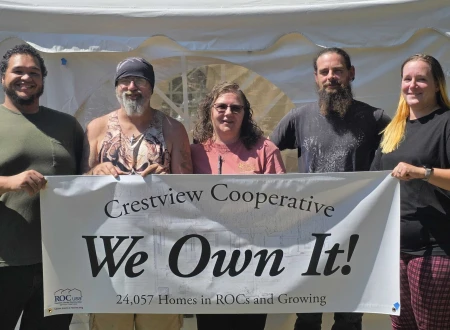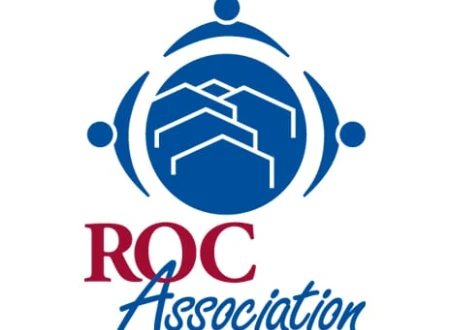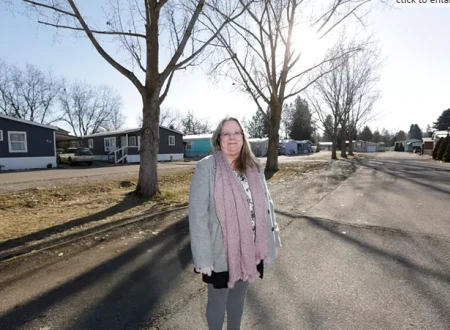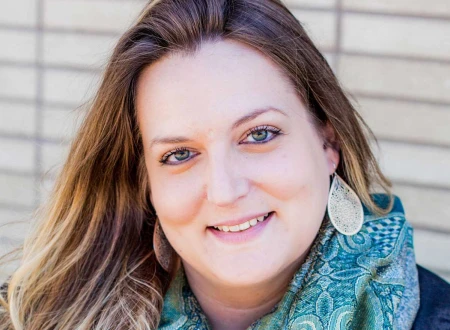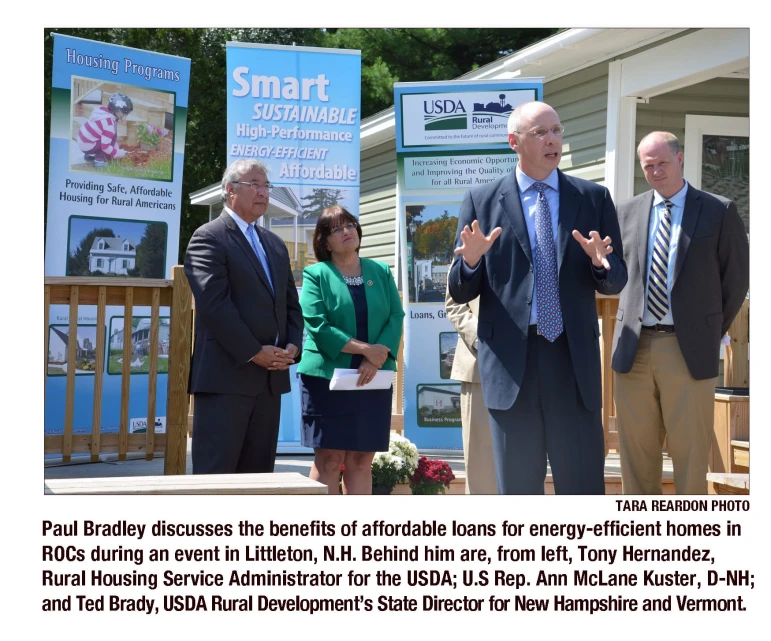
Editor’s note: This piece was originally published Sept. 3, 2015, as a blog posting by Paul Bradley. Follow his President’s Blog here.
I was thrilled to have the chance last week to share the stage with a U.S. Congresswoman – and more thrilled to help announce a great opportunity for ROC members in Vermont and New Hampshire.
Tara Reardon, Director of ROC-NH, and I joined U.S. Rep. Ann McLane Kuster and a host of other officials in Littleton, N.H., to announce a pilot program that dramatically increases the affordability of new, energy-efficient homes.
The U.S. Department of Agriculture program makes USDA Rural Development mortgages available to members of rural ROCs in New Hampshire and Vermont who are looking to either place a new energy efficient home on a vacant site or replace an aging home.
How big a deal is this? Let’s say you wanted to take out a $65,000 loan for this home. Using a loan that’s typically available right now – one with an 8-percent rate and a 20-year term — your payment would be about $544 a month. That’s $130,560 in total principal and interest payments.
With the USDA loan – with a 1-percent rate and a 30-year term – your payment would be about $209 a month. That’s $75,240 in total principal and interest payments. Over the life of the two loans, you’d save $55,320 AND have a much more affordable monthly payment. (Interest rates are based on family income, so rates will vary a little bit.)
Combine that with the savings from heat and air conditioning, and other energy efficiencies in the new home and this deal almost seems too good to be true. But it’s not.
What this is is the key to long-term widespread replacement of older, failing homes as well as huge tool for ROCs facing an infill challenge. There is no more affordable approach for getting energy efficient homes in rural cooperatives anywhere. And the best news is that we’re in talks with the USDA on taking this program to other states.
This is what we’ve been wanting for years, and it’s one of the goals raised by community leaders as ROC USA was building our strategic plan for the next three years. We’ll be publishing that new strategic plan shortly, but I’ll share with you Priority 4, which reads, “Produce resources to help ROCs fill vacant sites in their communities.” Our goal, to be achieved in June 2018, is to have “private and public resources are available to finance infill and replacement homes akin to what is available for site-built homes.”
There are some conditions and limitations on the program and work to be done on the part of the ROC to make way for USDA financing in the community. And, USDA has set income and geographic limitations.
In New Hampshire, call (603) 223-6035 or click here for more details and to check eligibility. In Vermont, call (802) 828-6012 or click here.
In addition, some bylaw changes – for example limiting the back rent that can collected in the event of a foreclosure — will be required, but this is more than a fair tradeoff to attract conventional residential mortgage products into ROCs. Click here to read more.
Homes are available from Vermod and Better Homes AHEAD. AHEAD, a member of the Next Step Network, has done exceptional work on this. There is also some subsidy available for down payment assistance that makes this program even more attractive. The bottom line is, if you or your ROC is looking to make low-interest loans on energy-efficient homes available to members and homebuyers, the time to act is now!

